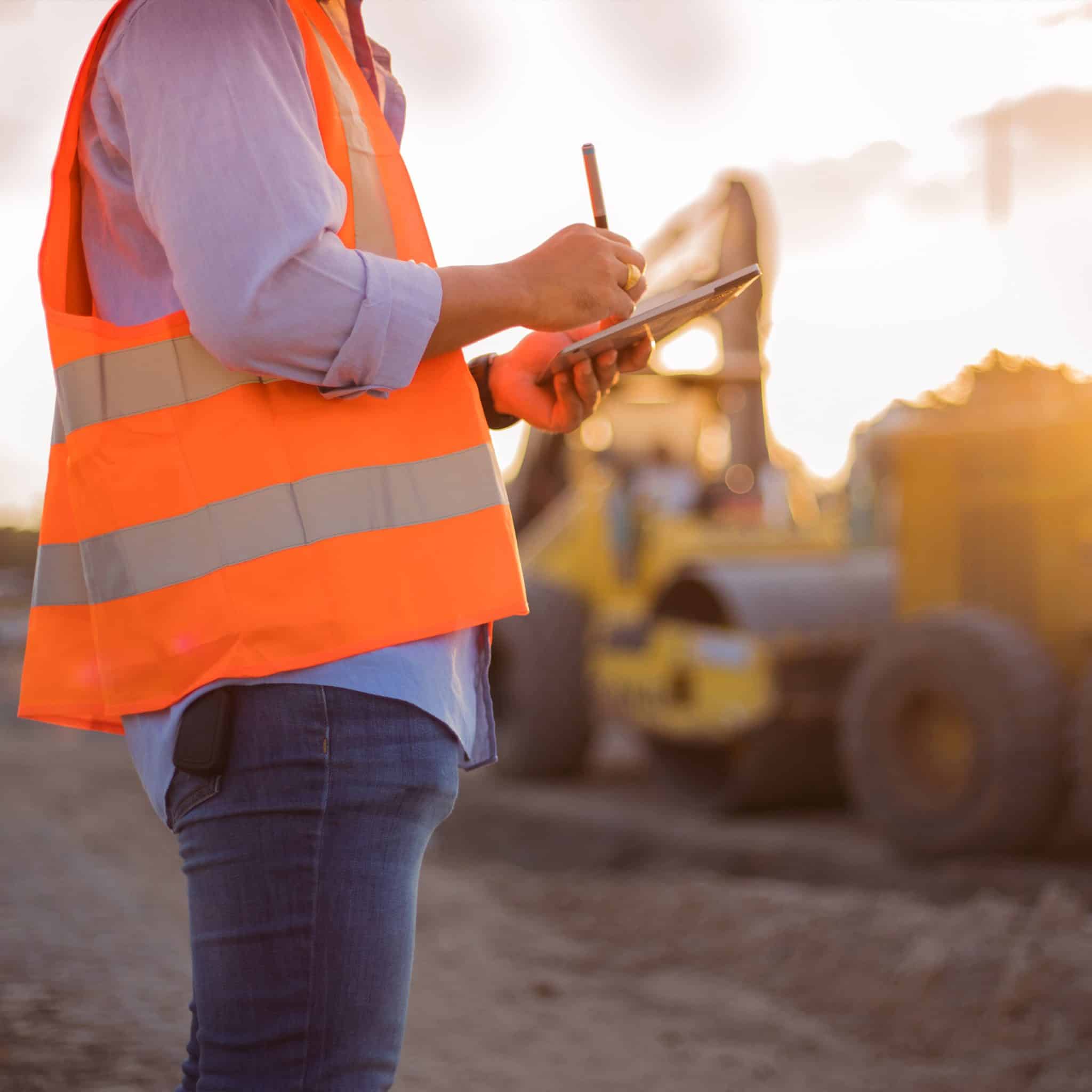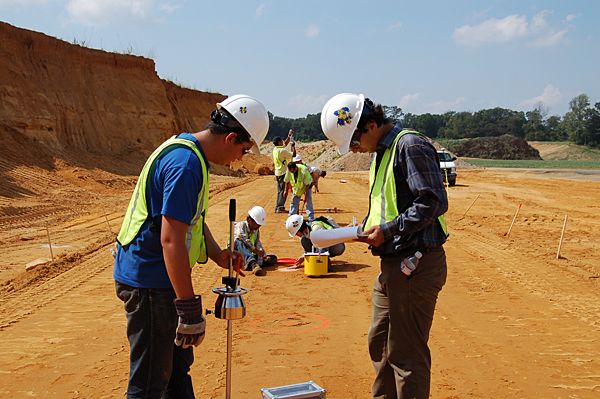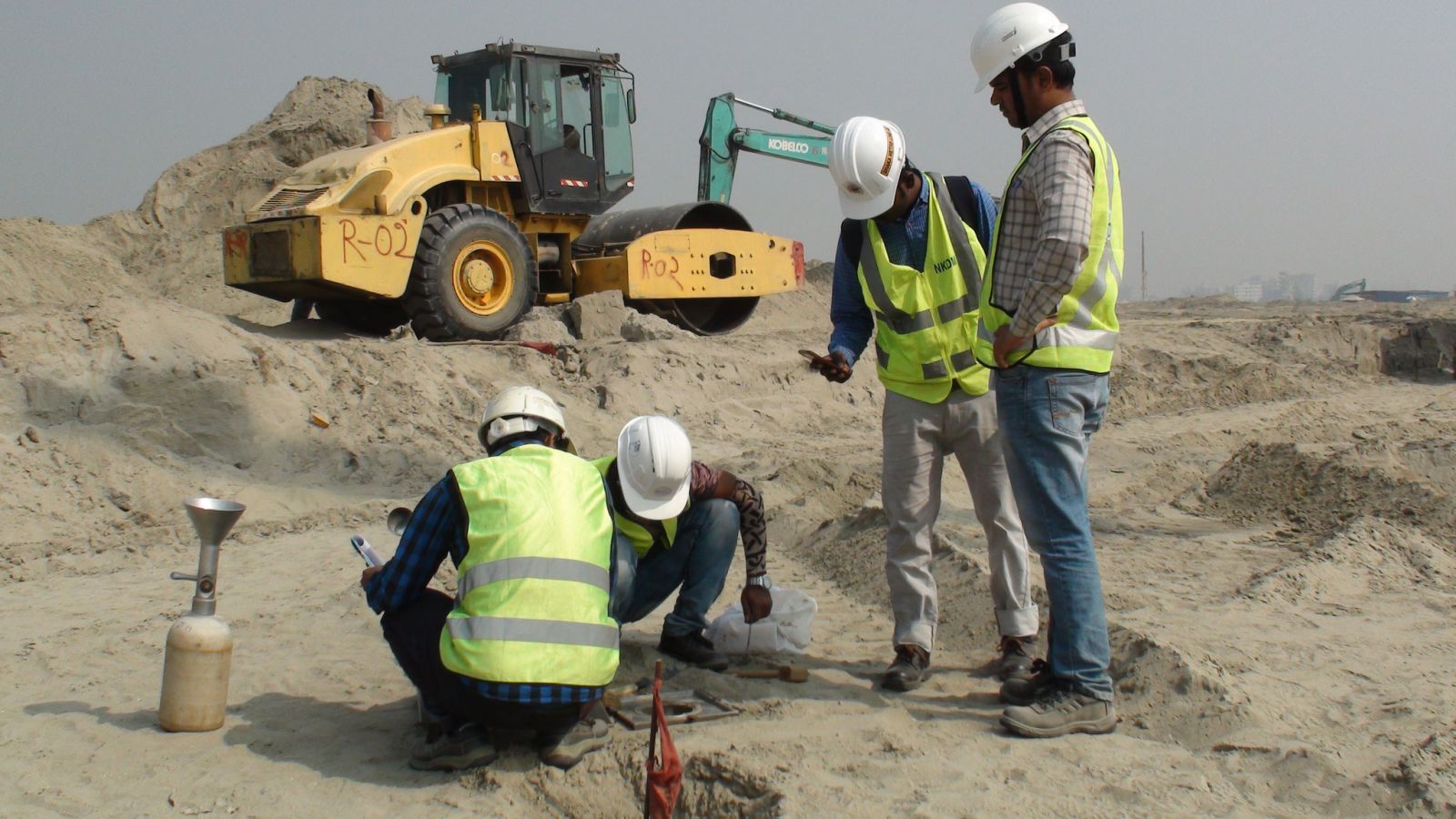Tailings Engineer: Necessary Experience for Sustainable Waste Administration in Mining
Tailings Engineer: Necessary Experience for Sustainable Waste Administration in Mining
Blog Article
Discovering the Innovative Methods and Technologies Forming the Future of the Geotechnical Industry for Sustainable Design Solutions
The geotechnical market is undertaking a transformative shift, driven by innovative methods and innovations that highlight sustainable design options. Advanced soil stabilization techniques, using clever materials, and the application of data analytics are redefining exactly how we approach facilities challenges. As these improvements promote ecological stewardship, they also increase vital inquiries about their practical execution and long-lasting effectiveness. Understanding the interplay between these advancements and their possible to revolutionize the field invites more expedition into the future of lasting design practices.
Advanced Dirt Stablizing Methods
Soil stablizing is a crucial process in geotechnical engineering, aimed at enhancing the physical buildings of dirt to improve its load-bearing ability and longevity. Advanced soil stabilization strategies play a pivotal role in dealing with challenges connected with unsteady or weak soils, thus enabling secure and reliable construction methods.
Among the noticeable methods, chemical stabilization involves the usage of ingredients such as lime, concrete, or fly ash, which react with soil particles to develop a more cohesive mass. This method is especially efficient in boosting the toughness and moisture resistance of expansive clay soils. Mechanical stabilization, on the various other hand, entails the physical change of dirt residential properties with compaction or the incorporation of granular materials, bring about enhanced density and stability.
One more innovative technique is using geosynthetics, which provide support and reduce dirt disintegration while enhancing water drainage. Methods like soil blending and deep dirt stablizing are likewise gaining traction, permitting in-situ therapy of troublesome soils. Jointly, these sophisticated approaches not only enhance the efficiency of soil structures yet also add to lasting engineering practices by lessening the need for comprehensive excavation and material transportation.
Smart Materials in Geotechnics
Development goes to the leading edge of geotechnical design, particularly with the unification of smart materials that boost the performance and capability of dirt structures. Smart materials, such as shape memory alloys, piezoelectric materials, and self-healing polymers, are changing the method engineers come close to dirt stablizing and infrastructure long life (geo tech engineer). These products can adapt to altering environmental problems, react to stress, and even repair themselves, dramatically improving the strength of geotechnical systems
As an example, piezoelectric materials can generate electric costs in action to mechanical stress, providing prospective for real-time tracking of dirt conditions and structural stability. Self-healing materials can autonomously repair damages and cracks, lowering maintenance costs and extending the life expectancy of geotechnical possessions. The assimilation of these smart materials not just boosts the mechanical residential or commercial properties of dirt however also adds to lasting engineering techniques by minimizing resource usage and ecological influence.
As the geotechnical market remains to advance, the fostering of wise materials will certainly play a critical role in creating innovative remedies, guaranteeing that infrastructures are not only robust but additionally adaptable to future obstacles. This transformative strategy is poised to redefine the requirements of security and performance in geotechnical design.
Information Analytics for Framework
The combination of clever products in geotechnical design has actually led the means for innovative methodologies, particularly in the realm of information analytics for framework. This innovative strategy leverages substantial data collection and analytical strategies to improve decision-making procedures throughout the facilities lifecycle. By making use of sensors installed in clever products, engineers can continuously keep track of essential specifications such as dirt stability, dampness degrees, and architectural honesty.
Information analytics enables the improvement of raw information right into workable understandings, permitting anticipating maintenance great post to read and enhanced danger administration. Advanced algorithms and maker knowing strategies assist in the identification of patterns and abnormalities, which can educate timely interventions and enhance resource allotment. Additionally, incorporating geographical information systems (GIS) boosts spatial evaluation, additional improving the decision-making structure.
By taking advantage of the power of data analytics, the geotechnical market is positioned to not only improve current techniques however also pioneer ingenious solutions for future facilities challenges. This synergy of innovation and engineering concepts will define the future of sustainable facilities growth.

Sustainable Ground Enhancement Methods
Various lasting ground renovation approaches are emerging as vital remedies to deal with the difficulties of geotechnical engineering while minimizing ecological influence. These approaches not just boost soil efficiency but additionally advertise eco-friendly stewardship by decreasing dependence on standard, much more invasive strategies.

Another ingenious method is the application of geosynthetics, that includes biodegradable materials that reinforce dirt while advertising water drainage and disintegration control - consulting engineer. This decreases the demand for heavy equipment and decreases website disruption, hence preserving neighborhood ecosystems
Furthermore, techniques such as vibrant compaction and vibro-replacement have actually progressed to include lasting methods, reducing and including recycled products carbon impacts. These techniques exhibit the industry's change towards even more environmentally responsible options, making sure that ground improvement not only satisfies engineering requirements however also contributes favorably to the surrounding atmosphere.
Innovations in Environmental Monitoring
In find more recent years, advancements in ecological surveillance have actually dramatically improved the ability to evaluate and handle geotechnical projects with very little eco-friendly disturbance. Ingenious innovations, such as remote noticing, Web of Things (IoT) gadgets, and real-time information analytics, are transforming how environmental effects are determined and mitigated.
Remote noticing technologies, including satellite images and air-borne LiDAR, help with the rapid evaluation of land usage adjustments and environmental conditions - engineer of record. These tools permit for constant surveillance of websites, making it possible for engineers to recognize potential problems prior to they escalate. In addition, IoT gadgets, outfitted with sensors for criteria like dirt temperature level, gas, and dampness discharges, offer online data streams that boost the understanding of site-specific ecological variables
Real-time data analytics even more fine-tune decision-making processes by incorporating data from different resources, enabling positive monitoring methods. This holistic technique not just makes certain conformity with ecological regulations yet also promotes sustainable practices within the geotechnical sector.
As these innovations remain to evolve, they hold the prospective to bridge the void in between engineering purposes and environmental stewardship, cultivating a much more sustainable future for geotechnical projects worldwide.
Verdict
Advanced soil stabilization techniques, the assimilation of clever materials, and the application of data analytics collectively boost the resilience and effectiveness of facilities. These innovations not only address contemporary engineering difficulties however likewise pave the means for an extra sustainable future in geotechnical methods.
Methods like soil mixing and deep soil stablizing are likewise acquiring traction, enabling for in-situ therapy of problematic soils. Jointly, these sophisticated approaches not only improve the efficiency of dirt structures but additionally contribute to lasting engineering techniques by minimizing the demand for substantial excavation and material transport.

Report this page